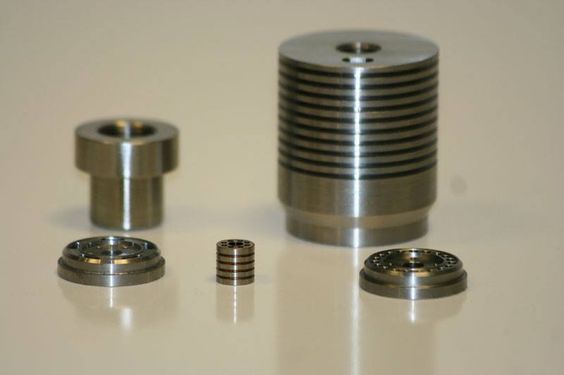Whatever item an individual or company plans to produce, one crucial step to make is to create a prototype of a design process that doesn’t need to be glossed over. So, why is prototyping important? The main reasons are evaluating and testing the design, explaining production issues and costs, offering it for purchase to others, and making the patentable details clear. Let’s also discuss what rapid prototyping is and the benefits you get from it.
Evaluating and Testing the Design
Unfortunately, drawings and ideas of a design can sometimes be afar from the real world where the product can be used. When you create a prototype, you can sit down with a real version of the product and gauge which aspects are beneficial and which parts need revision, modification or need to be discarded. In the process, you can possibly find glaring omissions that weren’t evident.
Furthermore, when you create a prototype, you make the design team to assess and test the product before having it completely in production. Just picture yourself ordering hundreds of thousands of units, only to realize that one part isn’t as sturdy as it should be. If corporate giants can possibly make mistakes, then smaller companies must never forget the significance of prototyping before the production starts.

rapid prototype, *picture from an-prototype.com
Explaining Production Issues and Costs
Once the production begins, it can be expensive and time consuming to alter something. When you prototype before the production starts, you can take a glimpse of the production process and see if any steps can be altered, joined, or even removed. With these steps, you don’t only streamline the production, but keep the costs of the actual production at a minimum. Subsequently, if one encounters difficulties in the production or perhaps the process that create problems for the final product, it’s better to witness all of these before the start of the production. This aids the design team to ascertain the optimal method of production, injection molding, die cast, silicone molds, machine shops, stamped metal, and more.
Offering the Product for Purchase
It is easier to determine any problems with the design when you have an actual working model. It’s also easy to offer to potential customers if there is a prototype which they can use as a marketing presentation. With no prototype, the concept will make it difficult for a department store chain to make a commitment of purchase. However, if there’s a prototype at hand, the concept will look real and it will be a lot easy to make a purchase order.
Besides, the customer must be taken into consideration with the prototype phase. No matter how great the testers and designers are with the prototype, consumers may not like some of its aspects. If the end user doesn’t like it, then they won’t buy it, and for this reason, focus groups and external testing with prototypes must be addressed before the massive production takes place.
Clarifying Patentable Details
If a product is new or unique enough, you can consider patents. It’s useless and baseless to design and manufacture a great product where another company is remarkably producing a similar one. You need patents to be original in the aspects of the design. If you have a working prototype, you can easily sit down with a patent lawyer and see what designs are patentable. On the other side, you can see what parts of the prototype and design have transgressed the patents of other people and how they managed to change before the production. This then may need a lawsuit to begin.
Why Is Rapid Prototyping Essential?
You will need a software to execute the rapid prototyping process. No matter what type of product a company aims to produce, the design is developed by an engineer and a computer aids in the manufacturing of the mold for the company.
The rapid prototype process is actually a manufacturing technology where the concept generated is handed to the CAD department who then develops the product according to a design. Thousands of cross sections are cut out of the data developed through CAD using a 3D printing software. The cross sections are then formed into a platform that helps determine the final product. Each layer is made through the CAD data, which then builds a product. The production of the product will rely on its complexity to be produced. The rapid prototyping system will usually take hours to complete the process though at a regular basis.
Rapid prototyping definitely saves cost. Earlier conventional ways made products using old prototyping methods take time to complete and have more people involved in late hours just to get a desired result. There was also high proximity for mistakes, cost an expensive system, and affected the profits of the company. But with the new technology using 3D printing techniques, work became simplified. The method also enabled the team to identify mistakes and correct it. This then improved its efficiency rate in the market.
